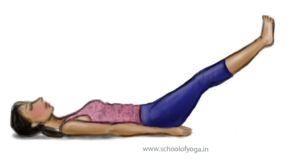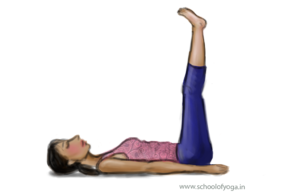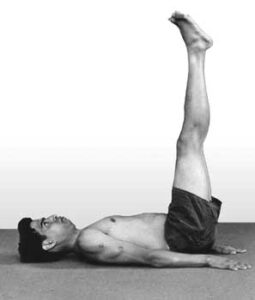Post By: Vishwanath Iyer Published on: December 17, 2016 Reading time: 4 minutes
Arda-halāsana is an āsana where the person lifts the legs to 90 degrees using the abdominal and back muscles to increase the strength and functioning of the lower back and abdomen.
An intermediate position of arda-halāsana, where the legs are raised to 45 degrees is called uttana-pādāsana.

Uttana-pādāsana.

Arda-halāsana

Vishwanathan demonstrating arda-halāsana
Internal Links: Dharma (conditioning), Stress and Situational Awareness, Prana, Asana sequence, Asana schedule, Asana Focus or gazing, Pranayama, Hatha Yoga Pradeepika
External Links: Prana, Chakra, Pancha Tattva, Pancha Prana, Pancha Kosha, Nadi,